Right to the Source
Engaging Students with Magnets, Rulers, Globes, Rocks, Leaves, and . . . Dogs
The Science Teacher—July/August 2023 (Volume 90, Issue 6)
By Lee Ann Potter
More than 50 million people visited the Universal Exposition in Paris between April and November 1900. While there, they were able to see the largest refracting telescope in the world, witness demonstrations of X-rays, and had the opportunity to ride a Ferris wheel that could carry 1,600 passengers at a time. They were also able to view thousands of exhibits showcasing achievements and celebrating cultural aspects of the 40 sponsoring countries.
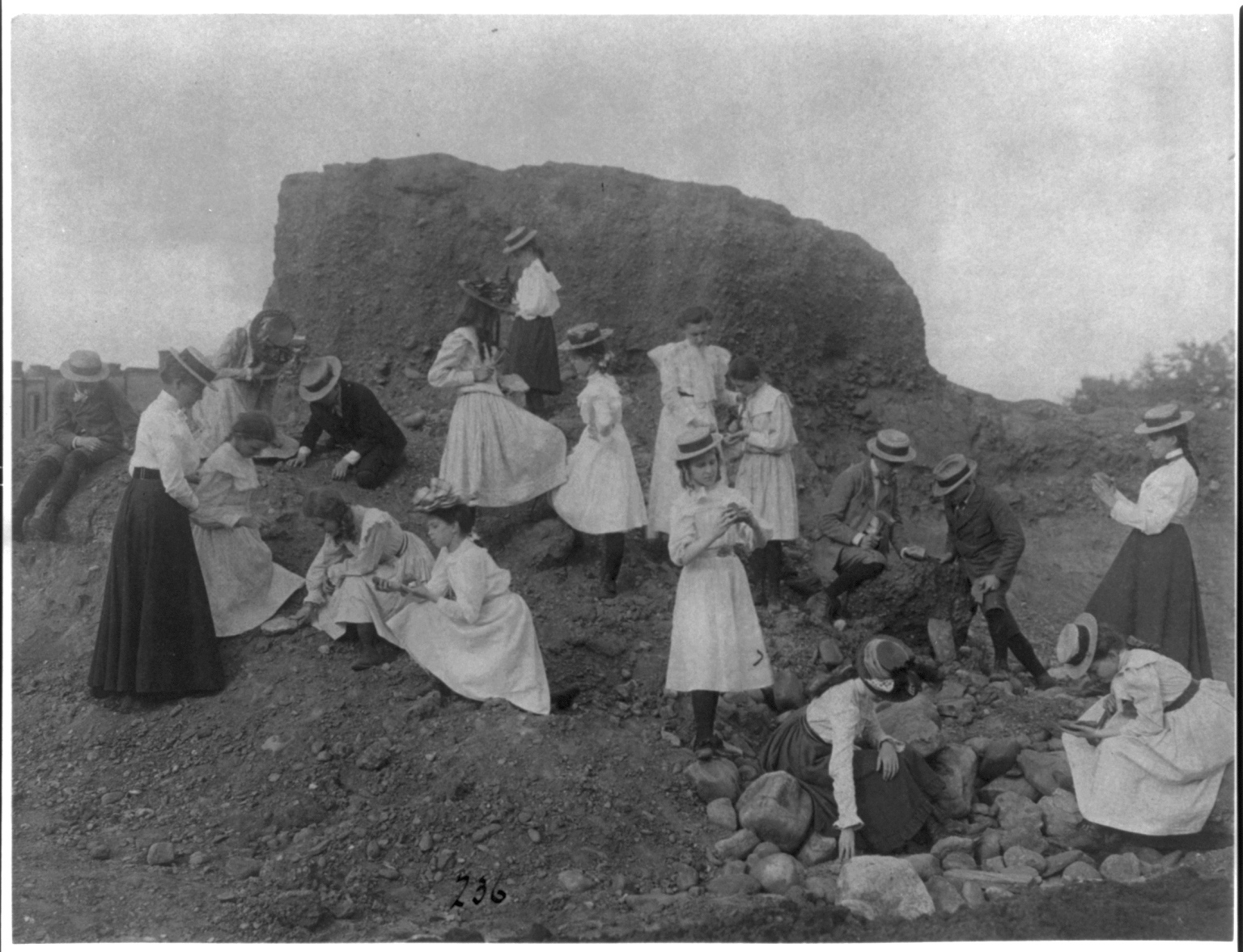
Attendees may well have seen the photographs reprinted here, featuring students enrolled in the public schools of Washington, DC, engaged in science classes at the turn of the twentieth century. The photos were taken by Frances Benjamin Johnston the year before, when she was commissioned by the DC Public Schools to document the progressive instructional methods employed in the segregated school district.
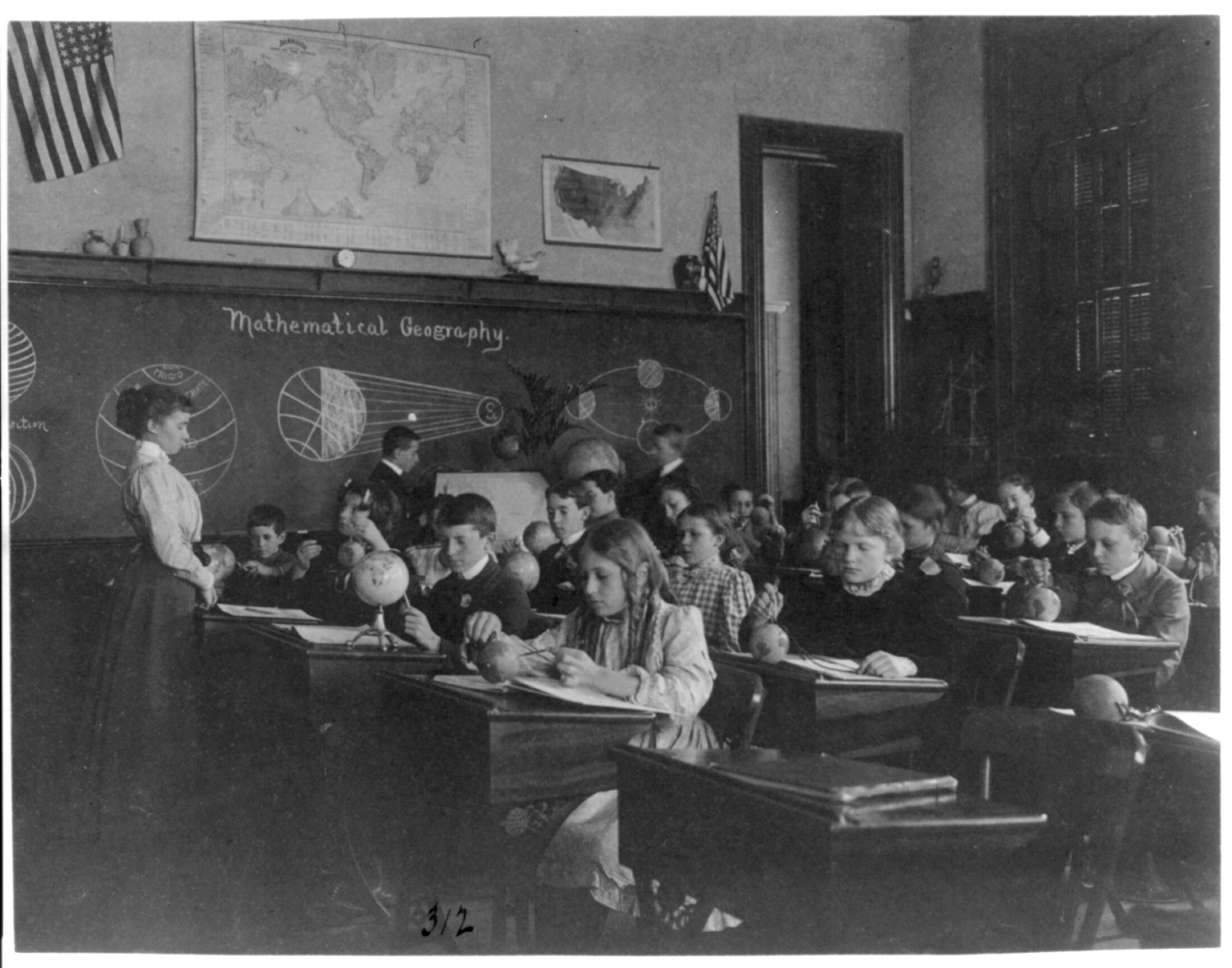
Officials at the United States Commission to the Universal Exposition had invited Johnston to serve as delegate, to give a presentation as part of the Expo’s International Congress of Photography, and to have 350 of her Washington school photographs appear in the international displays of education and instruction. Her photos showed students engaged in cooperative learning activities, conducting hands-on experiments, and being guided by teachers in stimulating learning environments.
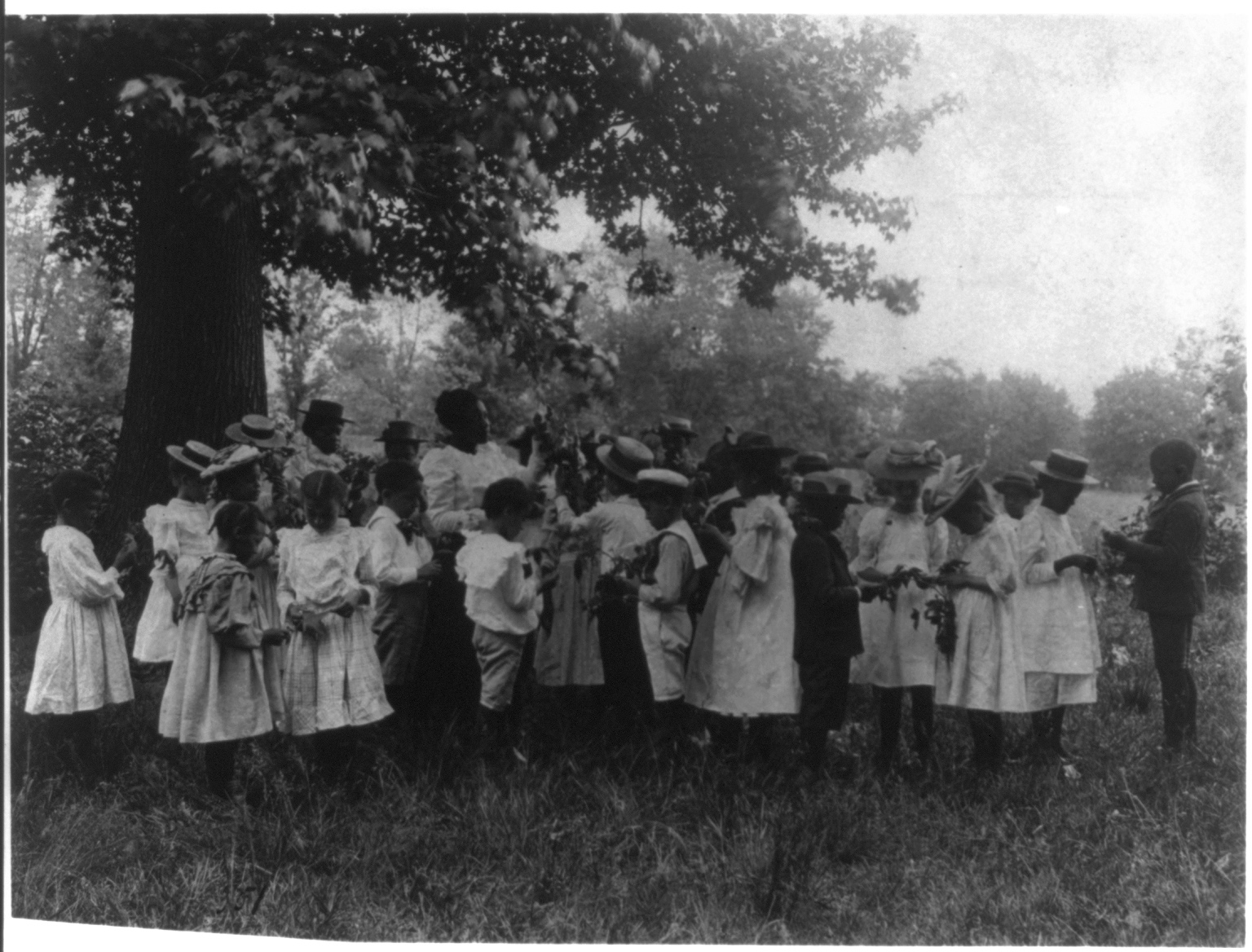
Consider sharing Johnston’s photos with your colleagues and asking them what aspects of “progressive” education more than a century ago might still be considered progressive, which would not, and which might now be considered typical.
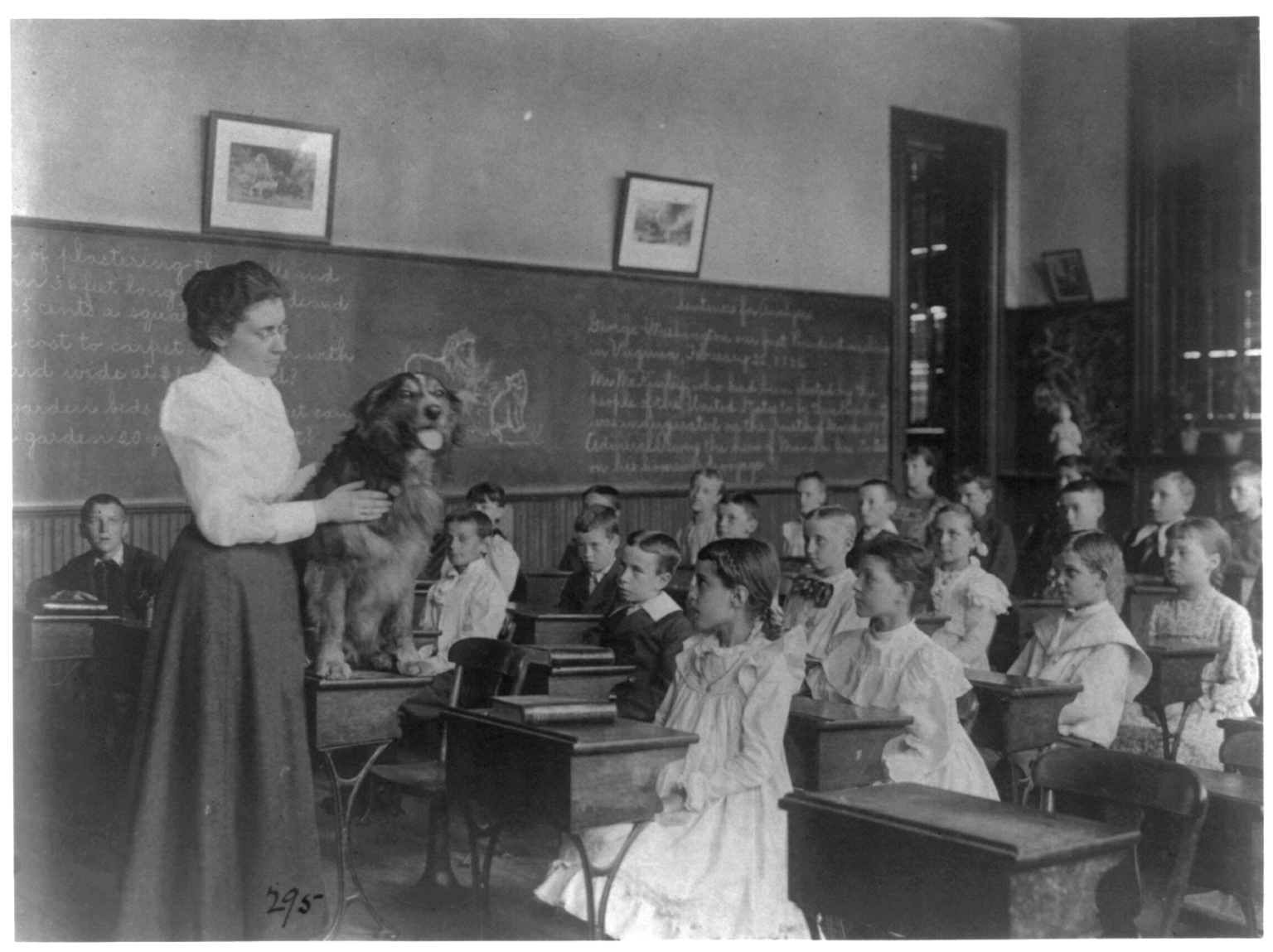
Consider inviting your students to study the photos, make observations, and determine what is being done in each to construct knowledge. They might suggest collecting data, using models, observing environment, and more.
Related student exploration
- 1900 Paris Universal Exposition
- Frances Benjamin Johnston
- Progressive Era Education
- History of School Segregation and Desegregation
About the Sources
The six photographs featured here—schoolyard measuring, examining rocks, mathematical geography, studying leaves, magnets, and studying a live dog are part of the Johnston (Frances Benjamin) Collection at the Library of Congress. The collection contains about 20,000 photographic prints as well as 3,700 glass and film negatives; more than 3,000 photographs, many featuring classrooms, are available at www.loc.gov/collections/frances-benjamin-johnston/about-this
-collection. The Primary Source Analysis Tool from the Library of Congress may be useful as you engage students with photograph analysis. See: www.loc.gov
/static/programs/teachers/getting-started-with-primary-sources/documents/Primary_Source_Analysis_Tool_LOC.pdf.
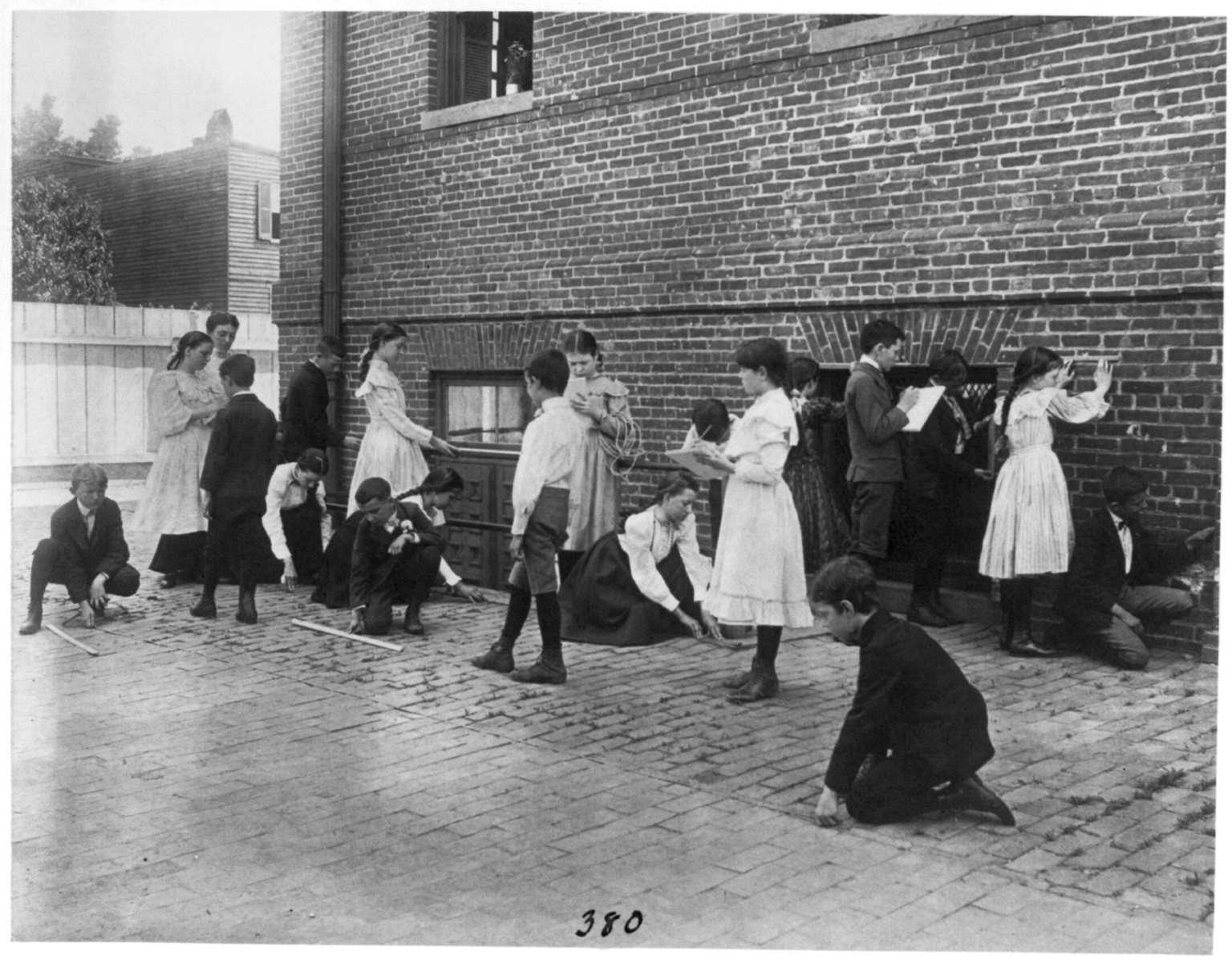
Lee Ann Potter (lpot@loc.gov) directs the Professional Learning and Outreach Initiatives Office at the Library of Congress.
Pedagogy Physical Science Teaching Strategies High School


